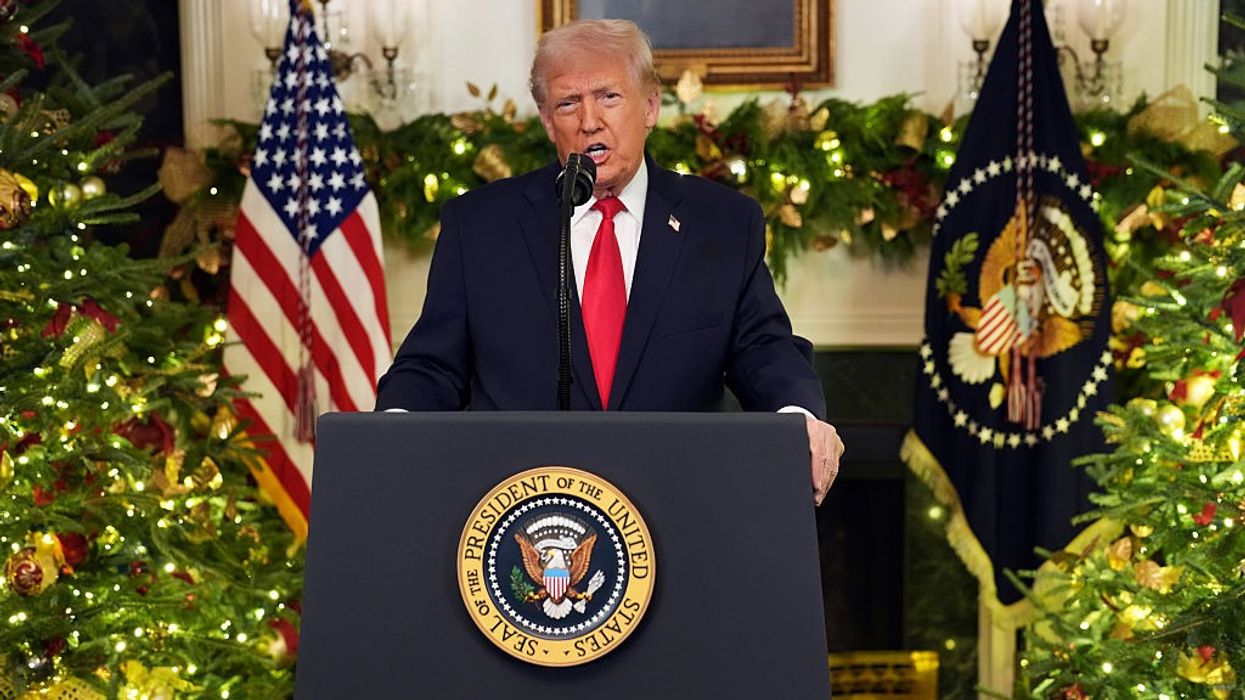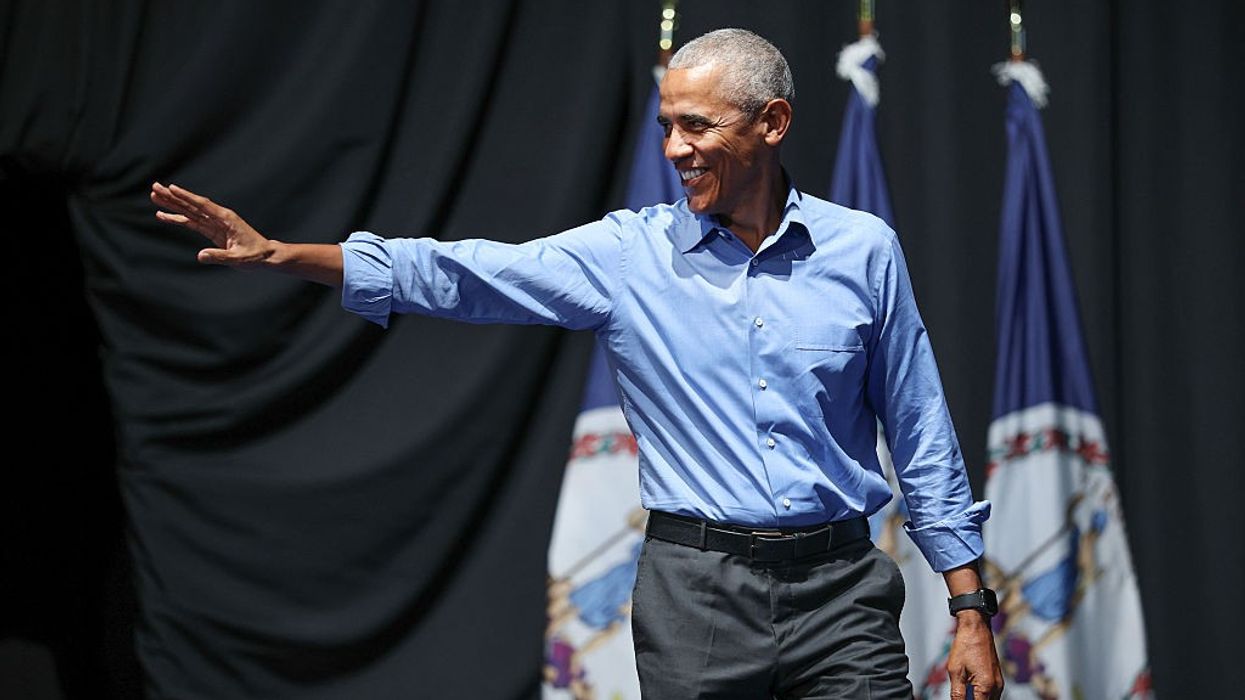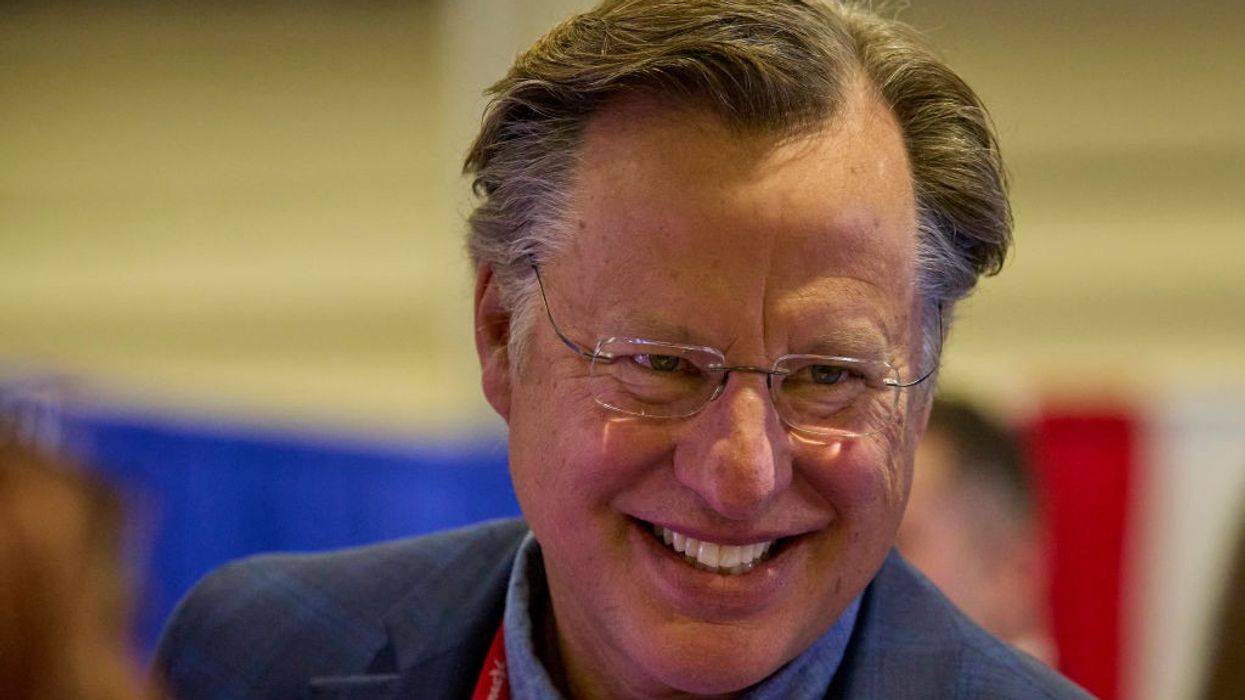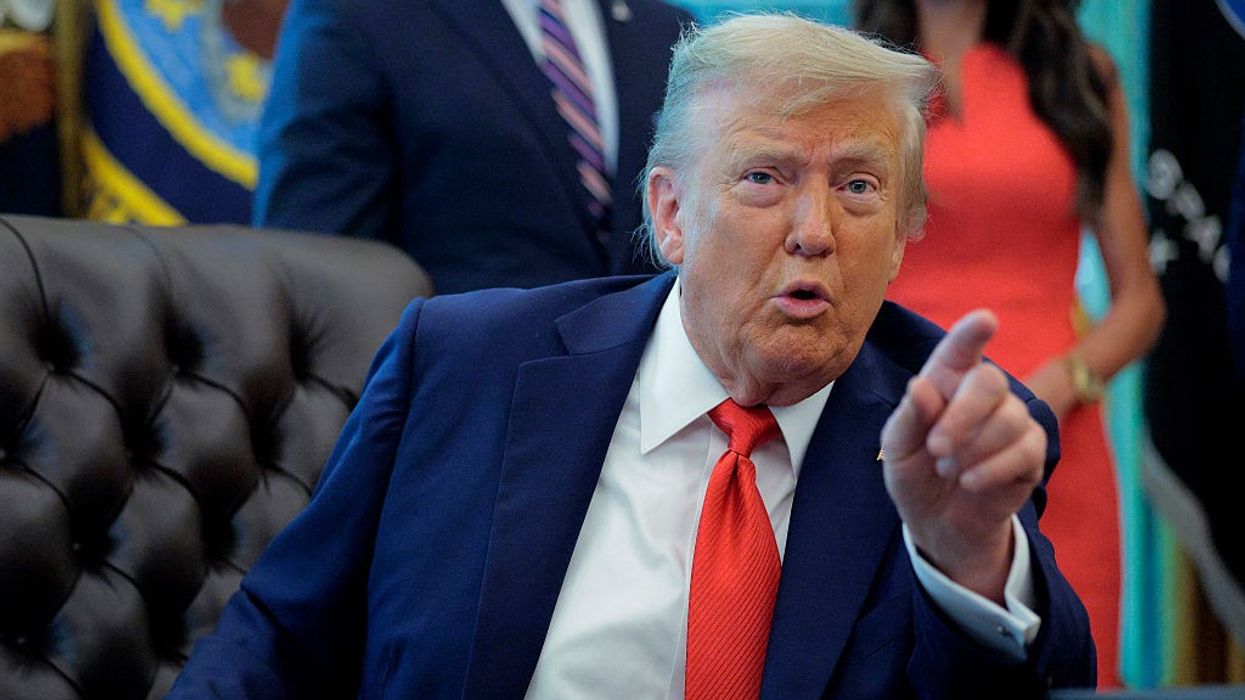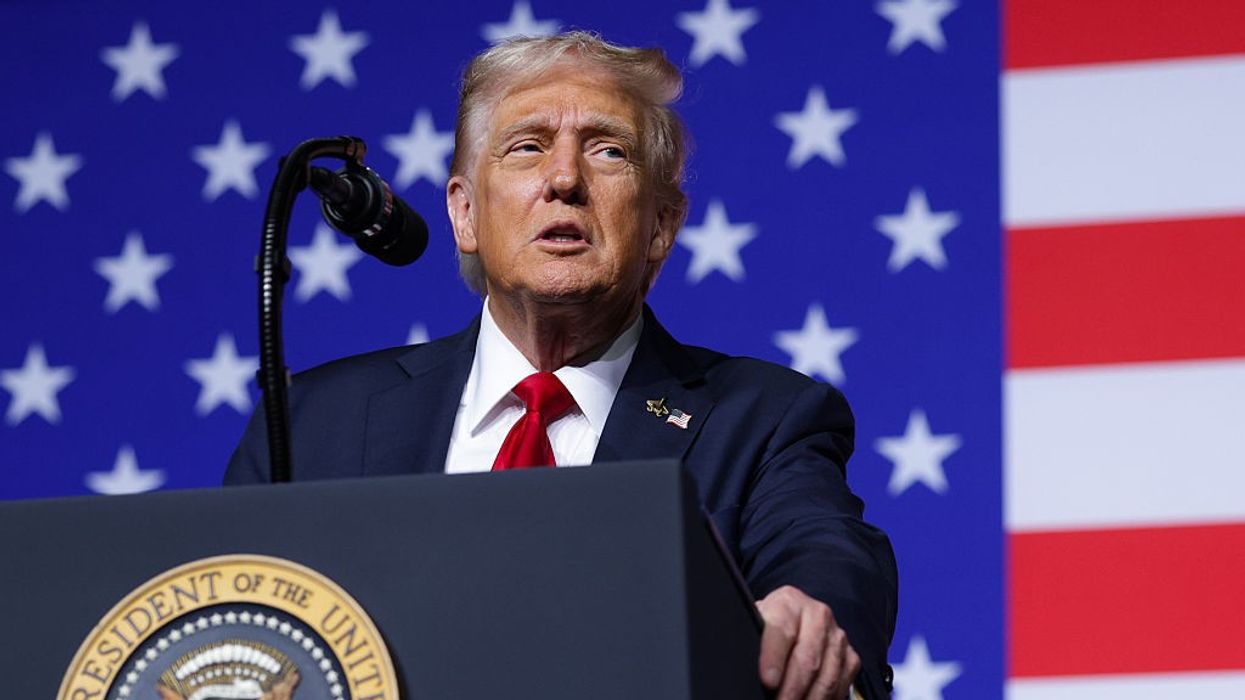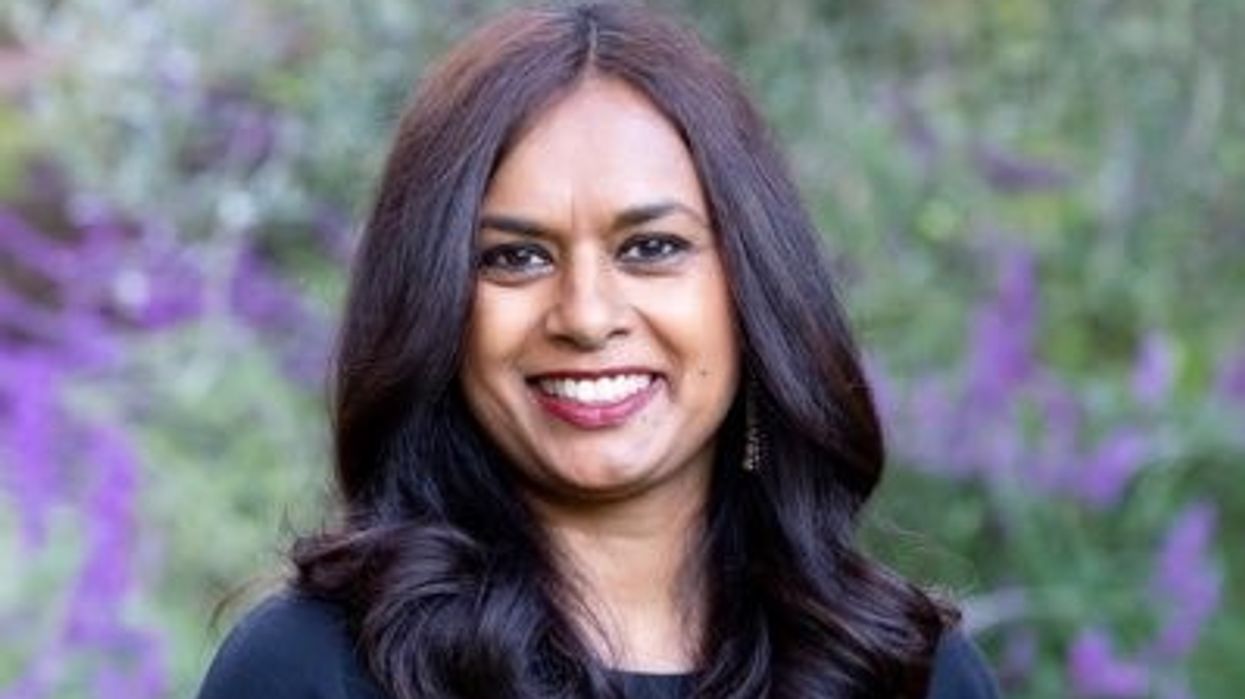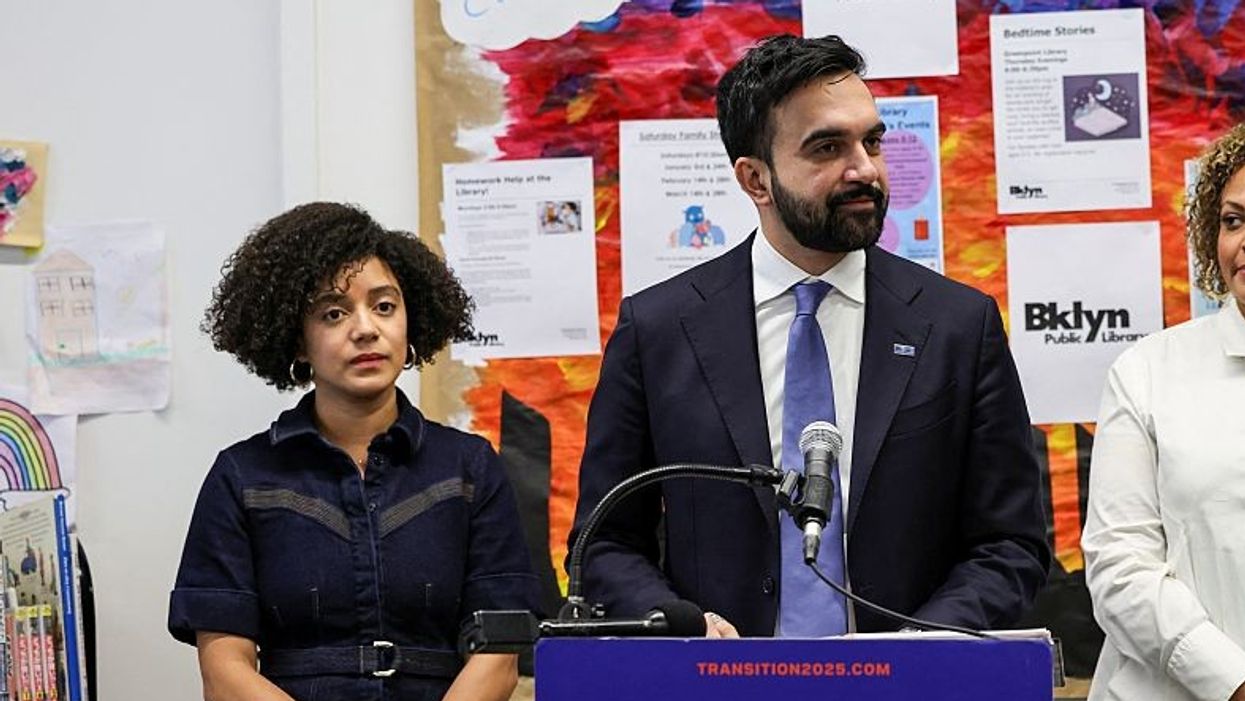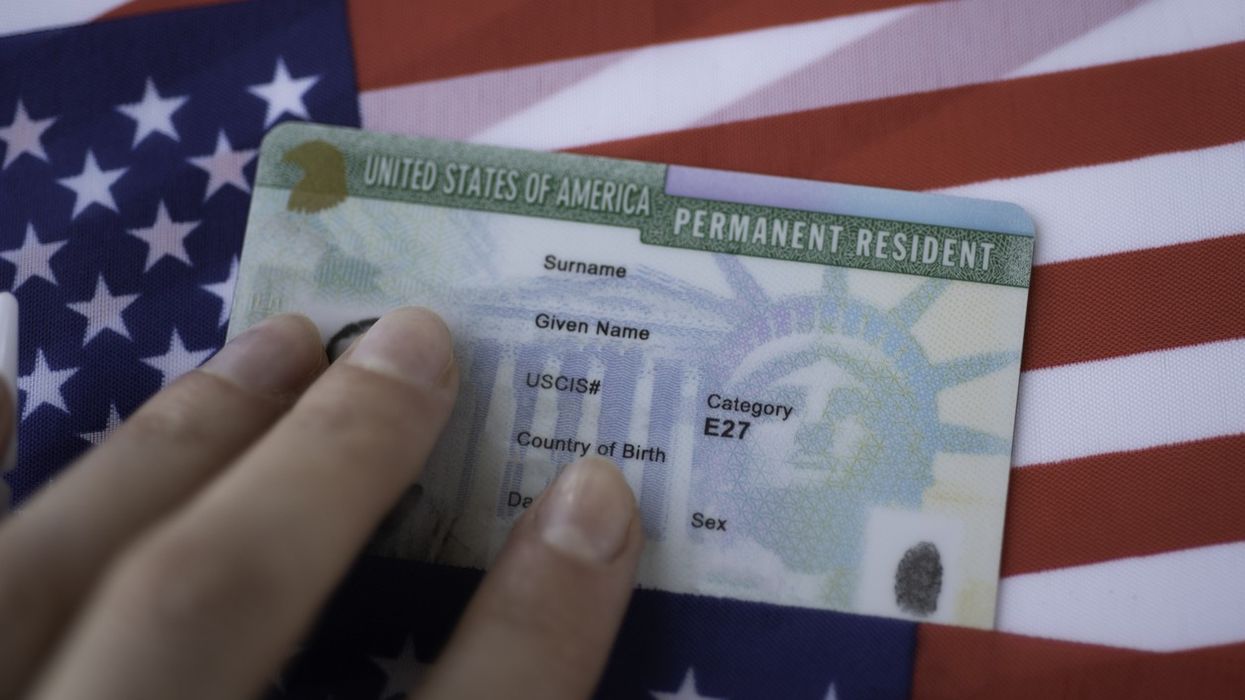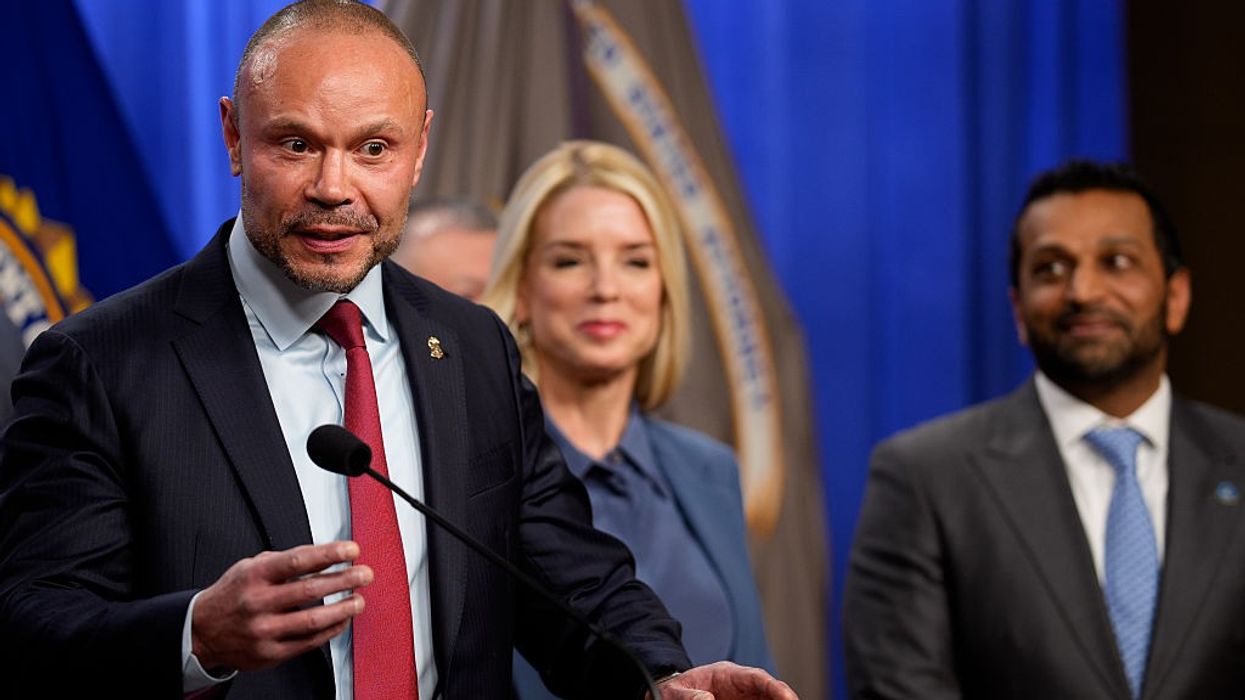As Los Angeles grappled with widespread unrest and National Guard troops patrolled scorched streets, a viral tweet cut through the chaos, drawing sharp ethnic lines among immigrant communities.
“Indians come to the U.S. to work hard, not wreak havoc,” the post read. “You don’t see them burning cars, looting stores, or trashing cities.” It went further, blaming “so-called ‘activists’ from Palestine, Somalia, Pakistan, other Muslim countries and some Mexicans” for “RIOTS, VIOLENCE, and CHAOS.”
The post quickly ignited a firestorm online. Supporters applauded the statement as honest, portraying Indian immigrants as model contributors who work quietly and successfully. One viral reply claimed: “The mindset of Indians is straightforward — focus on hard work, stay out of others’ business, and keep moving forward.”
But the message’s timing—coinciding with ICE raids in Latino neighborhoods and racial tensions flaring nationwide—sparked deeper debates about how different immigrant groups are perceived in America, and who gets labeled as a "problem" versus a "provider."
Indian Americans: High Earners, Low Profile
Indian Americans now number about 5.2 million—making them the second-largest Asian-origin group in the U.S. Despite comprising just 1.5 per cent of the national population, they contribute between 5–6 per cent of federal income taxes, estimated at $250–300 billion annually.
They are overrepresented in high-income professions, from medicine to tech, and dominate business ownership in sectors like hospitality—owning 60 per cent of all U.S. hotels. Moreover, Indian Americans lead 16 Fortune 500 companies and represent nearly 25 per cent of all international students in American universities.
The community’s economic footprint is estimated to support over 11 million jobs across the country—numbers that tweet defenders were quick to highlight as justification for why Indian immigrants are perceived as “builders” rather than “disruptors.”
Racial Tensions and the ‘Model Minority’ Trap
In contrast, the communities named in the controversial post—Palestinian, Somali, Pakistani, and some segments of the Latino population—also contribute significantly to U.S. society, though on smaller scales. There are around 600,000 Pakistani Americans, mostly urban and well-educated, but with less political cohesion.
Somali and Palestinian American populations are smaller still, though growing in influence, especially in healthcare, education, and grassroots community activism.
Critics of the tweet pointed out the danger of setting one group against others, especially during moments of collective grief and rage. Some called it a textbook case of the “model minority” myth being weaponized to shame other ethnic groups.
Yet the online divide continues to mirror offline tensions. As America navigates a complex moment of racial reckoning, the narrative surrounding Indian Americans—as quiet, high-performing, and economically powerful—sits at the center of larger questions about belonging, responsibility, and how immigrant groups are judged in times of crisis.





